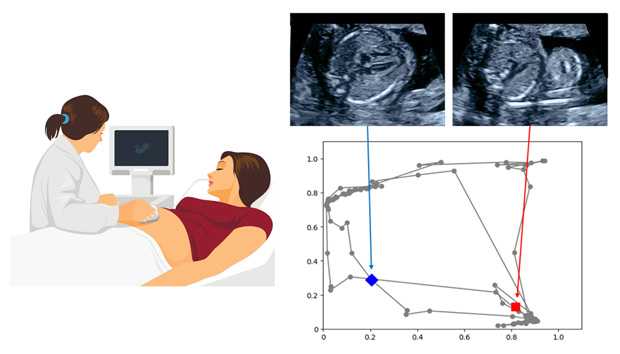2022-03-22 スイス連邦工科大学ローザン校(EPFL)
・研究では、温度上昇と軟骨への機械的刺激を組み合わせることで、細胞組織の生成が促進され、軟骨の完全性が維持されることがわかりました。
・ 8年間の研究と3つの論文プロジェクト。これらの最新の調査結果はeLifeに公開されています。
<関連情報>
- https://actu.epfl.ch/news/innovative-arthritis-treatment-combines-heat-with-/
- https://elifesciences.org/articles/72068
関節負荷に伴う温度変化は、カルシウムシグナルを介した相乗的な合図により軟骨形成を促進する Temperature evolution following joint loading promotes chondrogenesis by synergistic cues via calcium signaling
Naser Nasrollahzadeh, Peyman Karami, Jian Wang, Lida Bagheri, Yanheng Guo, Philippe Abdel-Sayed, Lee Laurent-Applegate, Dominique P Pioletti Is a corresponding author
Laboratory of Biomechanical Orthopedics, Institute of Bioengineering, Switzerland; Institut des Matériaux et Institut des Sciences et Ingénierie Chimiques, Laboratoire des Polymères, Switzerland; Regenerative Therapy Unit, Department of Musculoskeletal Medicine, Lausanne University Hospital, Switzerland
Abstract
 運動時の軟骨の負荷による自己発熱。
運動時の軟骨の負荷による自己発熱。
関節荷重を受けると軟骨組織に力学的ヒステリシスが生じ、時間の経過とともに温度が上昇する。軟骨の自己発熱は、関節負荷時にマトリックスに内在する粘弾性と固体と流体の相互作用の両方から発生する。マトリックス微小環境の構造的・材料的特性は、外部応力と協調して、変形や温度変化などの直接的・間接的な生物物理学的手がかりを細胞に与える(pf、vf:流体圧力と流速、εs、σsolid matrix strain and stress;T:温度)。
During loading of viscoelastic tissues, part of the mechanical energy is transformed into heat that can locally increase the tissue temperature, a phenomenon known as self-heating. In the framework of mechanobiology, it has been accepted that cells react and adapt to mechanical stimuli. However, the cellular effect of temperature increase as a by-product of loading has been widely neglected. In this work, we focused on cartilage self-heating to present a ‘thermo-mechanobiological’ paradigm, and demonstrate how the coupling of a biomimetic temperature evolution and mechanical loading could influence cell behavior. We thereby developed a customized in vitro system allowing to recapitulate pertinent in vivo physical cues and determined the cells chondrogenic response to thermal and/or mechanical stimuli. Cellular mechanisms of action and potential signaling pathways of thermo-mechanotransduction process were also investigated. We found that co-existence of thermo-mechanical cues had a superior effect on chondrogenic gene expression compared to either signal alone. Specifically, the expression of Sox9 was significantly upregulated by application of the physiological thermo-mechanical stimulus. Multimodal transient receptor potential vanilloid 4 (TRPV4) channels were identified as key mediators of thermo-mechanotransduction process, which becomes ineffective without external calcium sources. We also observed that the isolated temperature evolution, as a by-product of loading, is a contributing factor to the cell response and this could be considered as important as the conventional mechanical loading. Providing an optimal thermo-mechanical environment by synergy of heat and loading portrays new opportunity for development of novel treatments for cartilage regeneration and can furthermore signal key elements for emerging cell-based therapies.


